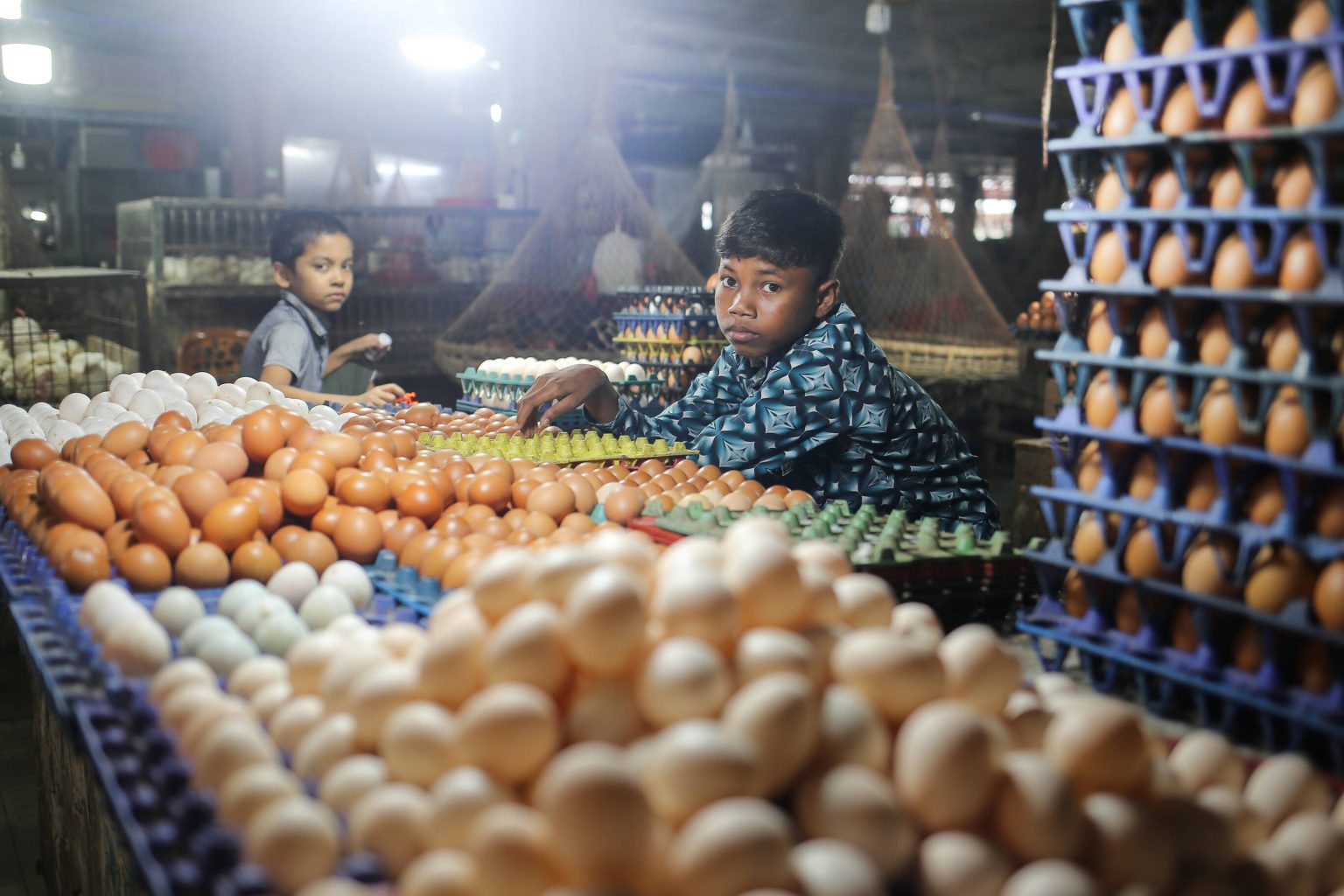Approximately 138 million children worldwide were engaged in child labour in 2024, with 54 million exposed to hazardous work, according to a joint report by the International Labour Organization (ILO) and UNICEF.
While the figures reflect a reduction of over 20 million since 2020—reversing an earlier upward trend—the world remains off track to meet the 2025 target of eliminating child labour entirely.
Released ahead of World Day Against Child Labour and International Day of Play, 2025, the report, “Child Labour: Global Estimates 2024, Trends and the Road Forward,” highlights persistent challenges. Millions of children continue to be deprived of education, play, and basic rights.
Agriculture accounts for 61% of child labour cases, followed by services (27%) and industry (13%). Regionally, Asia-Pacific saw the sharpest decline, with child labour rates dropping from 6% to 3% (49 million to 28 million children). In Latin America and the Caribbean, prevalence remained stable, though total cases fell from 8 million to 7 million. Sub-Saharan Africa bears the highest burden (87 million children), with systemic issues like conflict and poverty hindering progress.
ILO Director-General Gilbert F. Houngbo acknowledged progress but warned, “We must not be complacent. Children belong in schools, not workplaces.” UNICEF Executive Director Catherine Russell stressed the need for “legal safeguards, social protection, and education investments” to sustain gains amid funding cuts.
The agencies urged governments to expand social protection (eg, universal child benefits) to reduce household reliance on child labour, strengthen child protection systems to address worst forms of exploitation, ensure universal access to quality education, especially in rural and crisis-hit areas, promote decent work for adults to alleviate family poverty, and enforce laws and corporate accountability in supply chains.
Boys are more likely to be in child labour, but including unpaid household chores (21+ hours/week) reverses the gap.
According to the report, despite a 50% reduction since 2000, progress must accelerate 11-fold to meet the 2030 elimination target. The report warns that funding cuts for education and data collection could reverse hard-won achievements.


